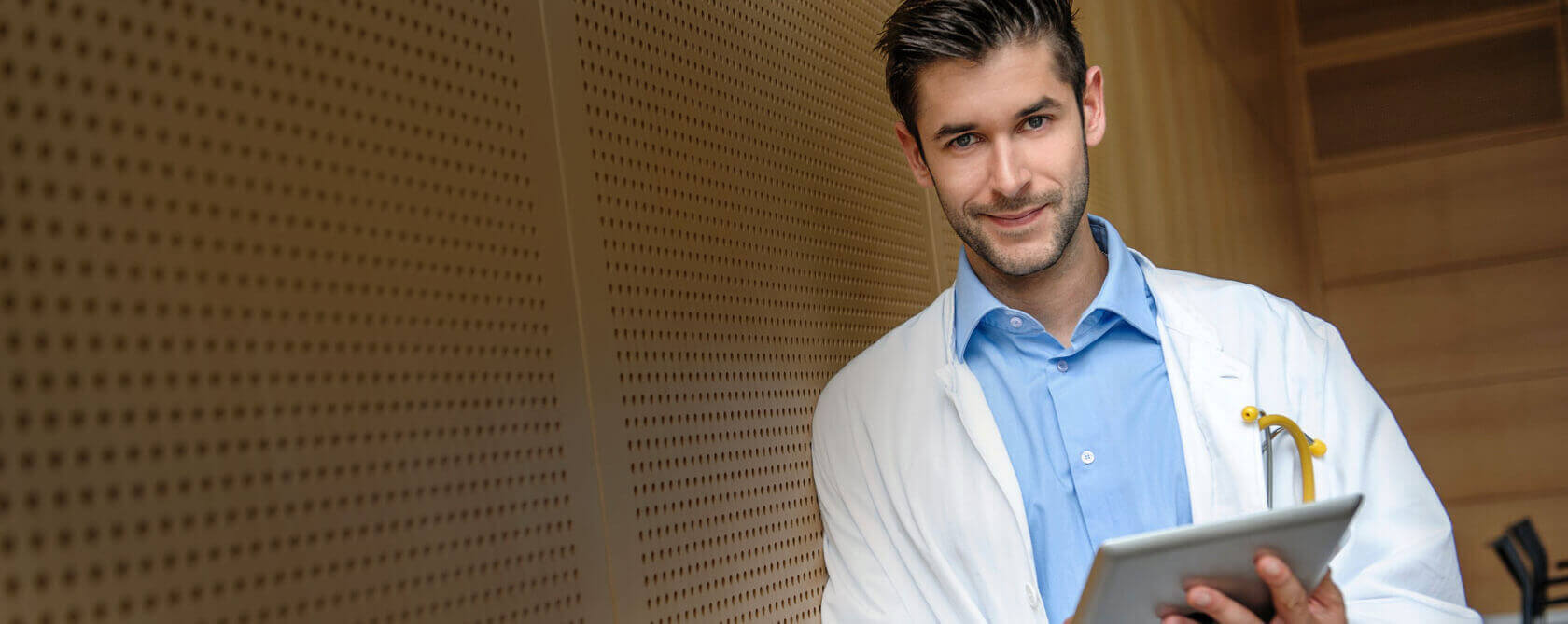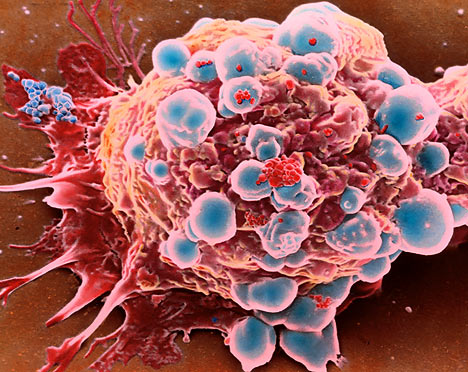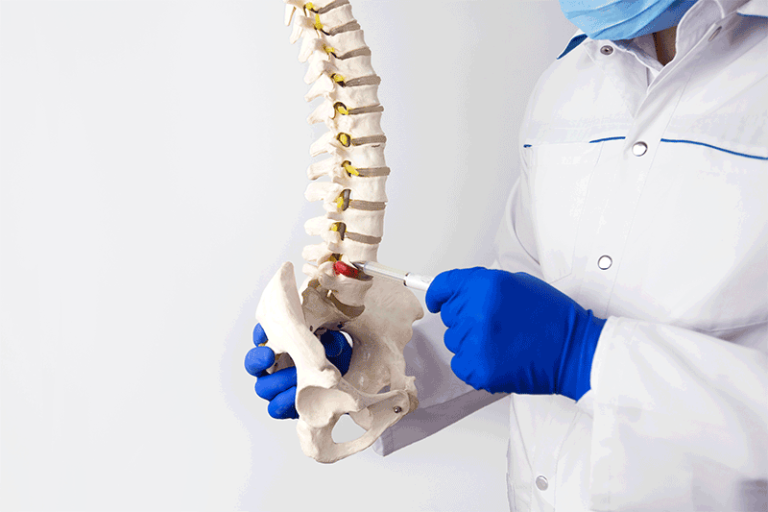Scientists have discovered 10 main characteristics of Cancer.
- Availability of own growth factors.
Normal cells require external growth factors to reproduce. Cancer cells produce their own growth factors due to mutations.
- Getting rid of factors that inhibit growth.
Normal cells stop growing with the help of an external signal called homeostasis. Cancer cells disrupt this system by destroying the receptors from which they receive growth-inhibiting signals.
- Immune system evasion.
Our immune system recognizes and destroys foreign substances that enter our body. Our normal cells carry proteins on their surface that make them “friendly” to cells of the immune system. At the same time, cancer cells learn to be invisible to the immune system by carrying these proteins on their surface.
- Continuous ability to share.
The cells in our body (with the exception of stem cells) have a limited ability to divide. After dividing for a certain period, they enter senescence. Cancer cells increase the activity of the enzyme telomerase, which prevents telomere shortening. Thus, they have unlimited reproductive capacity.
- Inflammation supporting malignancy.
A tumor contains not only cancer cells, but also immune system cells associated with inflammation. This environment is called the tumor microenvironment. These cells increase the amount of growth factors and enzymes, creating an environment conducive to the formation and spread of cancer.
- Spread to other tissues and organs (Invasion or Metastasis):
Normal cells usually stay in place. When cancer cells reach a certain size, they spread to other tissues and organs – metastasize.
- Angiogenesis (formation of new blood vessels).
Normal cells require blood vessels to meet their needs for nutrients and oxygen. Because cancer cells divide very quickly, they require large amounts of nutrients and oxygen. For this reason, they have the ability to form blood vessels.
- Mutations in gene structure.
DNA damage is the most important cause of cancer. At the same time, dysfunction of enzymes involved in DNA repair increases mutations in the gene structure.
- Evasion of the cell death mechanism.
When DNA in normal cells is damaged, growth inhibitory genes stop the cells from multiplying and activate DNA repair mechanisms. However, if the DNA damage is not repaired, the cell is destroyed through programmed cell death – apoptosis. Cancer cells have mechanisms to resist this programmed cell death.
- Changes in energy metabolism.
Cancer cells require a lot of energy because they can divide quickly. Therefore, they continuously produce energy using glucose, regardless of the presence of oxygen. This situation is called the “Warburg effect”.





